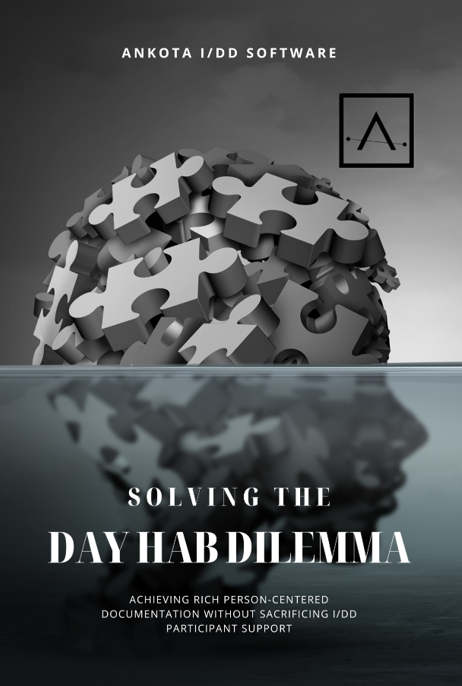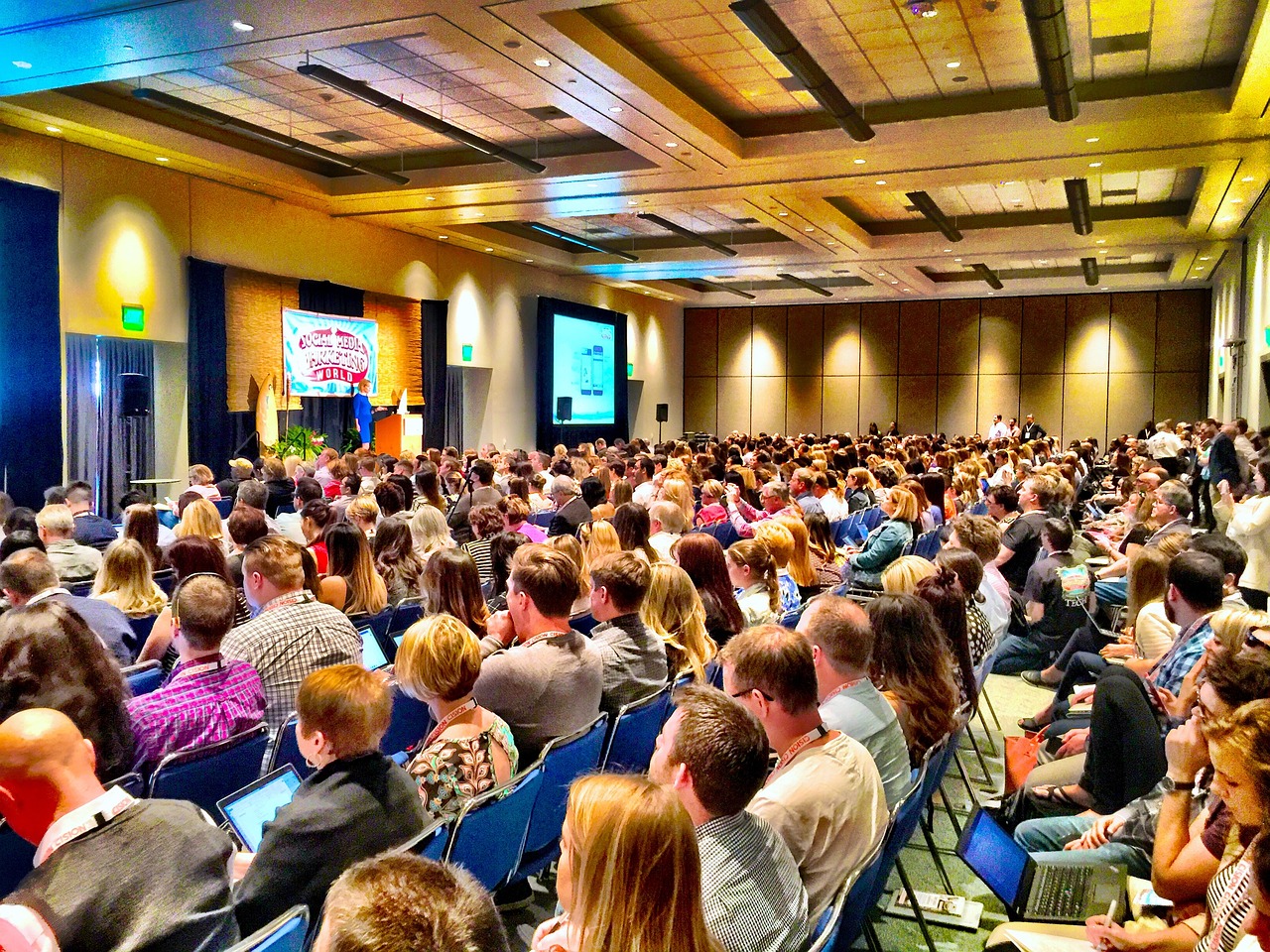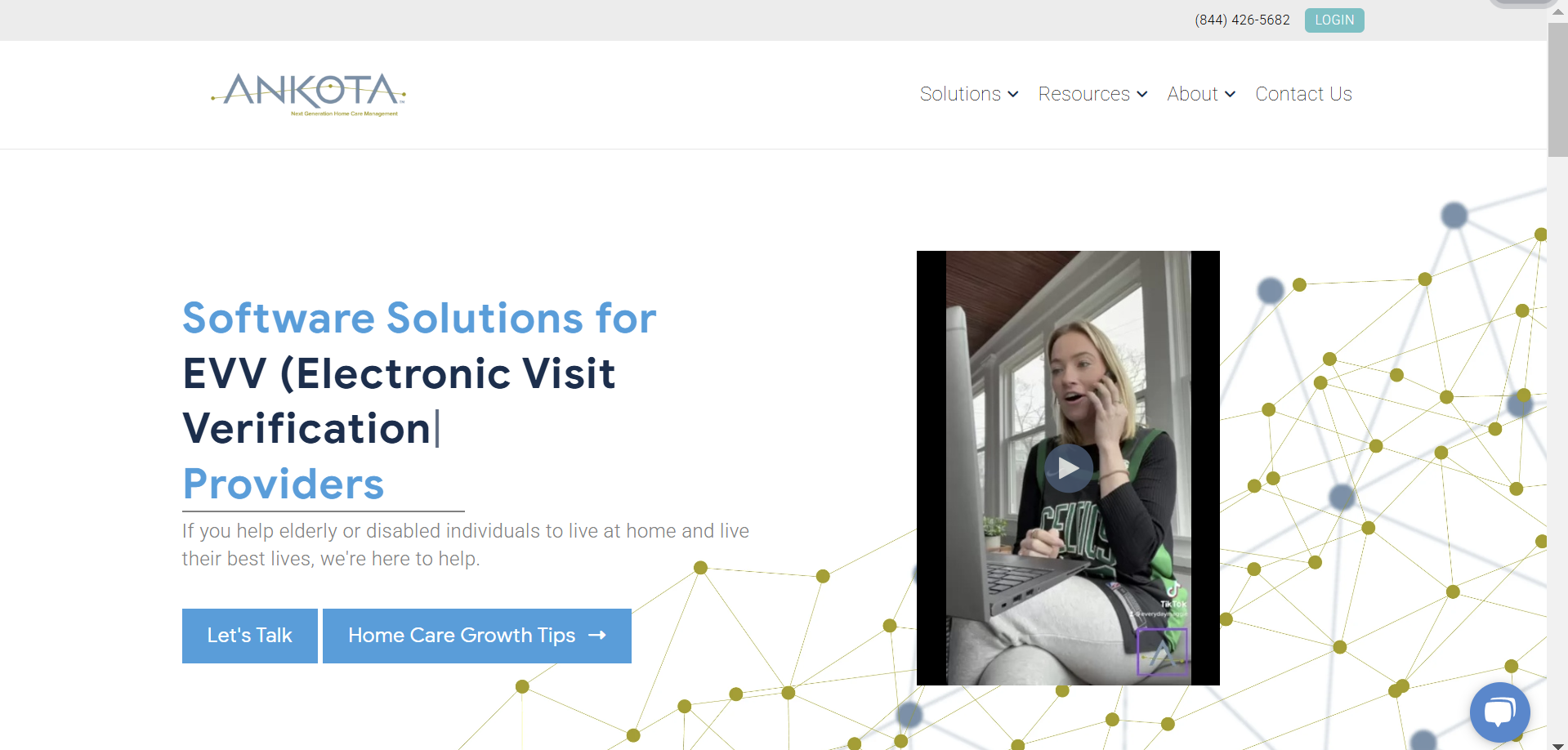Day Habilitation programs, or DayHab for short, are very important services for people with intellectual and developmental disabilities (I/DD). These programs help people build life skills and offer a place to socialize, learn, and enjoy meals together. In a DayHab center, every day is filled with different activities that help participants become more independent. But with all these activities, staff members have a big challenge: they need to write detailed notes about what happens during the day while still giving proper care and support to the participants. This blog post explains a new way to solve this problem.
What Is Day Hab and How Does It Work?
DayHab centers serve people who may live on their own, with family, or even in group homes. In these centers, each day is organized into several periods, much like a school day. In each period, there is a planned activity. These activities might be art projects, community outings, or even simple group games. The idea is to teach and support skills that help people become more independent. This includes everyday tasks like personal care, cooking, and traveling on their own.
centers, each day is organized into several periods, much like a school day. In each period, there is a planned activity. These activities might be art projects, community outings, or even simple group games. The idea is to teach and support skills that help people become more independent. This includes everyday tasks like personal care, cooking, and traveling on their own.
Each activity is planned by an activity leader, and all the participants in that session get the same basic activity description. This plan shows what the activity is, what steps will be taken, and which strategies will be used to help everyone learn. This planning is essential because each person’s needs are different.
The DayHab Dilemma: Documentation vs. Support
While the DayHab activities are very valuable, there is a major challenge. The direct support professionals (DSPs) are required to document in great detail what happens during each activity. This means writing down what they did, how they supported each participant, and any special strategies they used. When one DSP is taking care of 4 or 5 people at once, writing long notes for each person can take a lot of time.
This extra documentation work can take away time from actually helping the participants. In some cases, DSPs might spend over 3,000 words a day just on paperwork. That is a lot of time that could be used for hands-on support.
A Smart Software Solution
The good news is that there is a new solution that can help. Instead of having each staff member write a long note for every participant, the activity leader can write one detailed description for the entire group. This description covers all the important parts of the planned activity, including the goals and strategies.
Then, the DSPs can add just a few extra words to show how they adapted the activity for individual participants. In many cases, these extra words might be as few as 10 per person. This method means that a staff member who supports 5 participants might only have to write fewer than 750 words a day, instead of 3,000. This saves a lot of time and still gives a complete picture of the activity.
How the Software Works
The software that makes this possible has several key features:
Check-In and Check-Out
The system first makes sure that everyone is at the center by using a check-in and check-out process. This step helps track attendance and even handles billing. In some centers, participants might check themselves in with the help of a picture or an easy-to-use screen. This makes sure that no time is wasted and that the records are accurate.
Grouping Participants
DayHab centers often have many participants and multiple activities during the day. The software allows the center to group participants based on different factors such as language, skill level, or even by the name of the group leader. When the activity leader starts an activity, they can select which groups are attending from a dropdown menu. This way, only the correct participants get the activity documentation.
Documenting the Activity
The best part of the solution is that the activity leader writes one detailed description for all the participants at once. The leader can write a rich description of the activity and pick out strategies that will be used. Then, this documentation is automatically added to every participant’s record. If a participant needs something extra or different, the staff member can make small changes to that one person’s record without having to rewrite everything.
Keeping Track of What’s Already Documented
The system also shows what has already been documented. This helps the staff to avoid writing the same thing over and over. It makes it easier to check if something has been updated or if a participant’s record needs a little extra detail.
The Benefits of This Approach
There are many benefits to using this new way of documenting DayHab activities:
-
More Detailed Information: Since the activity leader writes a detailed description, the notes are richer and more helpful. This detailed note makes it clear what the goals and strategies of the activity are.
and more helpful. This detailed note makes it clear what the goals and strategies of the activity are.
-
Saves Time: By writing one description for many participants, staff members spend less time on paperwork. This gives them more time to support the participants in real life.
-
Personal Touch When Needed: If a participant needs a special approach, the staff can easily add a few extra words to their record. This means that every participant gets the care they need without extra work for the staff.
-
Less Chance for Mistakes: With one main note that can be applied to everyone, there is less chance that someone might be missed or that details might be inconsistent.
Looking Ahead: AI to Make It Even Better
The next step in this solution is to use artificial intelligence (AI) to help even more. The idea is to let AI look at common phrases used in past notes. Then, when a staff member is writing a new note, the AI can suggest short phrases to add. This can make the note-taking process even faster and more consistent. Although this feature is still in development, it shows a promising future for making DayHab documentation even easier.
Conclusion
Day Habilitation centers play a vital role in helping people with I/DD achieve independence. However, the need for detailed documentation has long been a challenge for staff. With a smart software solution, the activity leader can write one detailed description for all participants. Staff members only need to add a few words when extra detail is needed. This approach saves time, improves the quality of documentation, and ensures that participants get the support they deserve.
This new method not only makes life easier for direct support professionals but also improves the overall quality of care for participants. With fewer words to write and more time for personal support, DayHab centers can focus on what really matters: helping individuals lead more independent and fulfilling lives.
If your center is struggling with the documentation load, it might be time to consider this innovative approach. With better tools and smarter solutions, supporting participants can go hand in hand with creating the rich, detailed records that are needed for success.
Ankota's mission is to enable the Heroes who keep older and disabled people living at home to focus on care because we take care of the tech. If you need software for home care, EVV, I/DD Services, Adult Day Care centers, or Caregiver Recruiting, please Contact Ankota.

.png)
.png)


.png)




.jpg?width=2379&height=2001&name=701badff87a135725d5086a77df6ab1fe2cbf566%20(1).jpg)
.png?width=626&height=511&name=0ec654dbe587ebf0ccd3b62c22155a6dc1e7553c%20(1).png)


